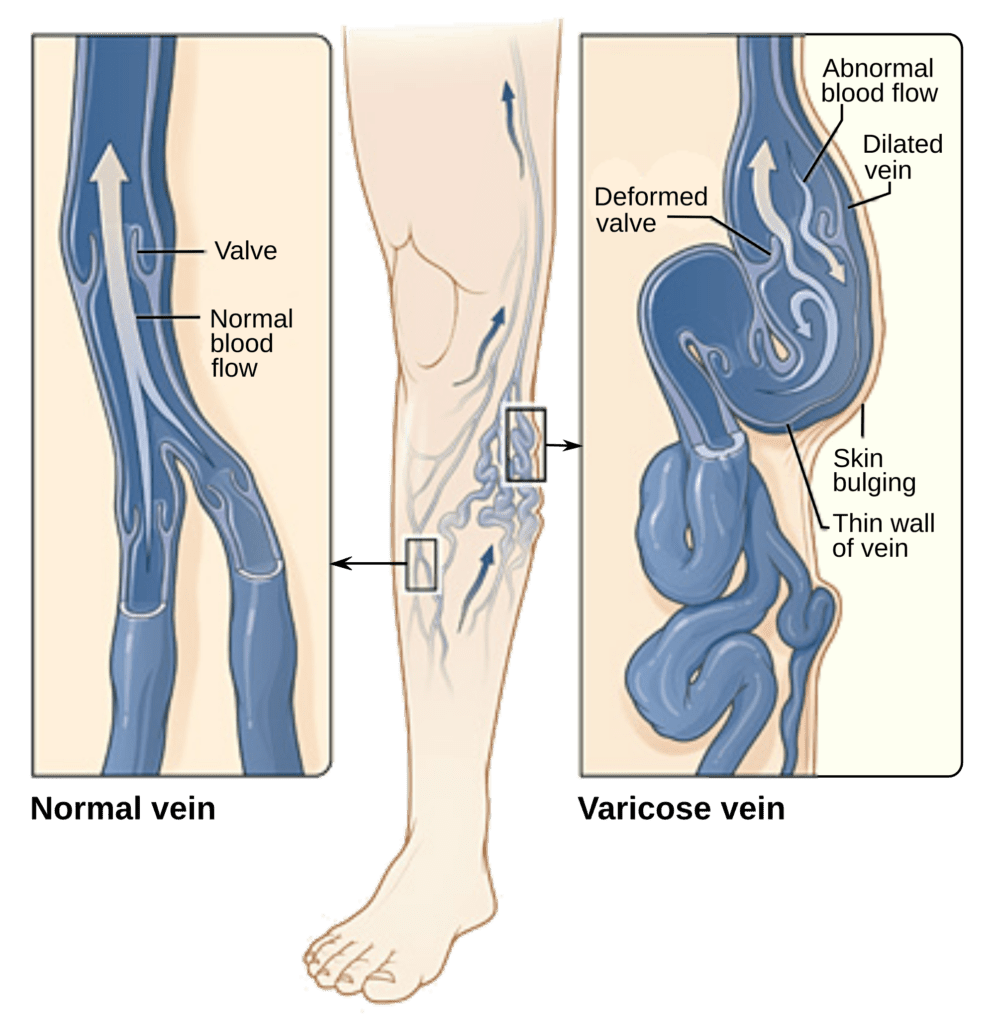Short people, rejoice! While previous studies have shown that tall people are more likely to be richer and more successful, a new research has found that being tall also comes with a disadvantage: the likelihood of developing varicose veins.

Varicose veins is still a rather understudied condition, though increasingly, it is shown to be associated with major health risks such as ulcerations or venous thromboembolism (blood clots forming in the veins). Scientists still don’t know exactly what causes varicose veins, and what the best treatment is — but they’re getting closer. A new study suggests that height may have something to do with it, which is an important clue.
“We may be able to leverage what we know about the biology underlying human height and use it to uncover the root causes of varicose vein disease,” said lead author Nicholas J. Leeper, M.D., from the Divisions of Vascular Surgery and Cardiovascular Medicine at Stanford University in California. “Ultimately, this may help investigators discover a therapy that can prevent or reverse this common and sometimes debilitating disease.”

Leeper and colleagues used data from a massive long-term study called the UK Biobank, which involved 413,519 people. Researchers found that age, gender, and obesity are risk factors for developing varicose veins, which was also suggested by previous research. But they also made some intriguing new findings:
- increased height increases the risk for varicose veins;
- genes that determine height also influence the development of varicose veins; and
- there is a strong genetic correlation between deep vein thrombosis and varicose veins.
“By conducting the largest genetics study ever performed for varicose vein disease, we now have a much better understanding of the biology that is altered in people at risk for disease,” said Leeper. “Ultimately, we hope to test whether those factors can be targeted, and potentially prevent or delay the development of disease in at-risk individuals.”
While it will likely be a while before this gets implemented into health strategies, it’s still a significant puzzle piece which could help in the establishment of preventive measures. This condition is most common after age 50, and more prevalent in women — and knowing additional risk factors could help develop better strategies to prevent or alleviate the problem. Ultimately, researchers hope to potentially prevent or delay the development of the disease in at-risk individuals.
Generally speaking, having an overall healthy lifestyle (which includes exercising, not being overweight, and avoiding long periods of standing and sitting) can prevent varicose veins from getting worse. Not smoking is also a significant aspect.
The study has been published in the Journal of the American Heart Association.






